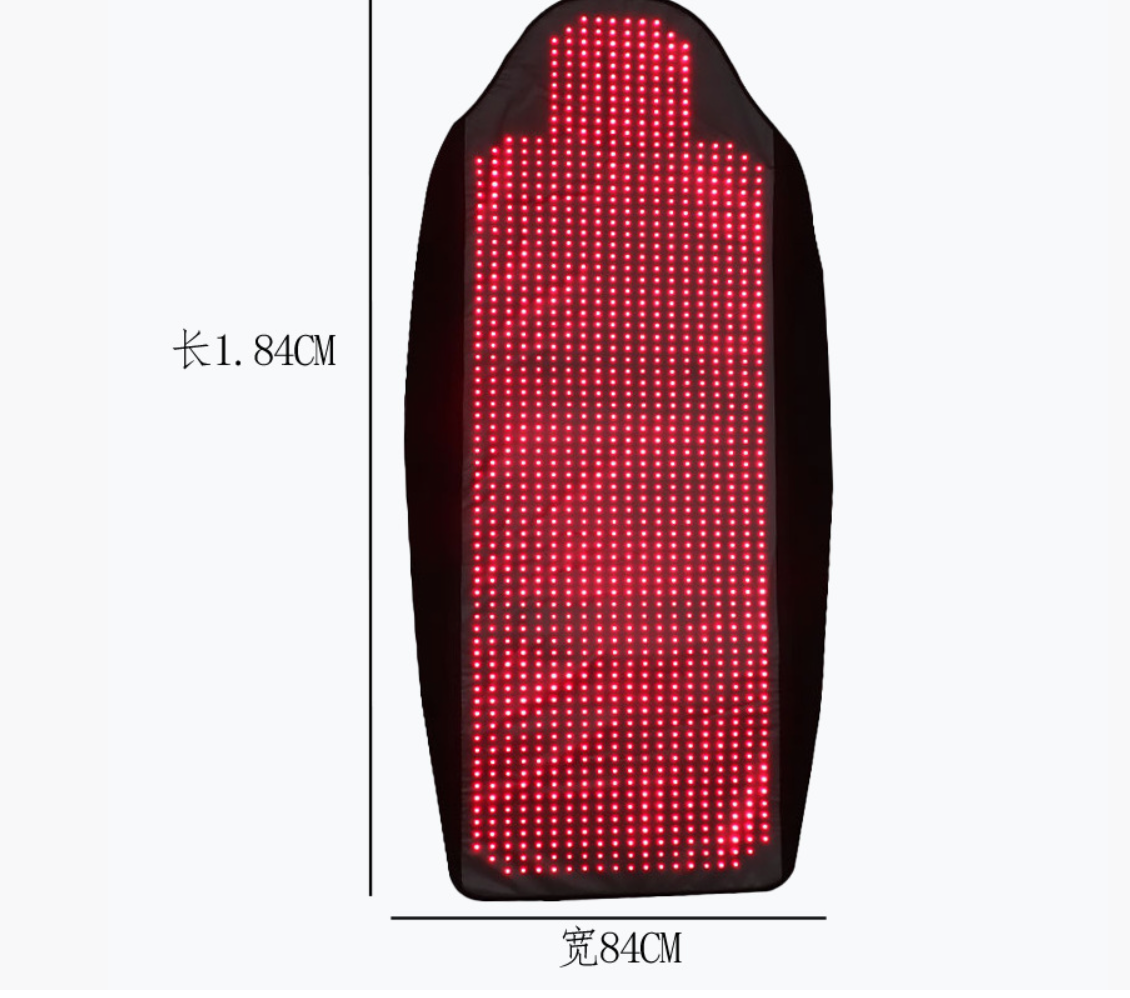Chest physiotherapy is a vital tool in managing respiratory conditions, helping individuals breathe easier by clearing mucus from the lungs. Among the various types of chest physiotherapy, one popular method involves the use of a chest physiotherapy vest. This inflatable vest, often simply called a vest, plays a significant role in airway clearance, especially for people with chronic lung conditions. But what exactly is it used for, and how does it work? Let’s explore this fascinating therapy that blends science with real-world relief.
Why Use a Chest Physiotherapy Vest?
The primary purpose of a vest is to assist with airway clearance, a process that removes sticky mucus from the airway walls. Conditions like cystic fibrosis (CF) and bronchiectasis often lead to mucus buildup, which can clog the bronchial passages and increase the risk of respiratory infections. For those with a diagnosis of cystic fibrosis, the vest becomes an essential part of CF care, recommended by organizations like the Cystic Fibrosis Foundation. It’s also used in non-cystic fibrosis bronchiectasis, where airway secretions can similarly impair lung function.
How Does the Vest Work?
So, how does this vest system work? The vest is an inflatable garment attached to a machine, typically an air-pulse generator, via a hose. This generator sends bursts of air into the vest, causing it to inflate and deflate rapidly—sometimes up to 20 times per second. This action, known as high-frequency chest wall oscillation (HFCWO), creates a gentle yet effective vibration across the chest. The rapid inflation and deflation help loosen mucus from the smaller to larger airways, making it easier to cough up and clear the mucus. Imagine it as a rhythmic massage for your lungs, mobilizing secretions and mucus that would otherwise sit stubbornly in place.
Benefits of Vest Therapy
For many, this vest airway clearance system is a game-changer. Traditional airway clearance techniques, like percussion therapy (where someone manually claps on the chest), can be effective but time-consuming and dependent on another person’s help. In contrast, the vest offers independence. A user simply straps it on, follows the instructions for use, and lets the machine do the work. A typical therapy session might last 20-30 minutes, often performed two to four times a day, depending on the individual’s needs. The goal? To dislodge mucus from the bronchial walls and move it toward the larger airways, where a huff or cough can expel it.
The Science Behind HFCWO
The science behind this is compelling. HFCWO therapy uses the vest to deliver high-frequency chest compression, a method that mimics the body’s natural cough mechanism. This high-frequency chest action pulses against the upper chest as possible, helping to loosen mucus from the airway walls. Once mobilized, the mucus can be cleared through coughing, reducing the risk of complications like hospitalization due to respiratory issues. Studies suggest that consistent use of airway clearance therapies, including the vest, can improve clinical outcomes for those with pulmonary challenges.
Who Can Benefit?
Who benefits from this vest therapy? Beyond cystic fibrosis and non-cystic fibrosis bronchiectasis, it’s used for other conditions involving excessive airway secretions. People with chronic mucus production—whether due to CF, a genetic condition affecting one in 3,300 births, or other lung diseases—find relief through this method. Medicare, Medicaid, and even the Department of Veterans Affairs often cover the vest for eligible patients, recognizing its value in airway clearance in patients.
A Real-Life Impact
Picture this: someone with sticky mucus clogging their lungs slips on the vest, connects it to the generator and an inflatable vest combo, and feels the rhythmic pulse begin. As the vest inflates and deflates, it works to clear the mucus from the lungs, offering a sense of control over a condition that can feel overwhelming. It’s not just about function—it’s about quality of life. Users often report feeling lighter, less weighed down by secretions, and more able to enjoy daily activities.
Comparing Vest Therapy to Other Methods
While the vest isn’t the only form of chest physical therapy—other methods like huffing or manual clapping exist—it stands out for its ease and efficiency. The HFCWO vest uses advanced technology to perform airway clearance without requiring a caregiver’s constant involvement. For families managing CF or similar conditions, this can be a relief, reducing the physical and emotional burden of care.
Conclusion: Breathing Easier with the Vest
In short, the chest physiotherapy vest is a lifeline for those battling mucus from the smaller airways to the larger ones. It’s a blend of innovation and practicality, offering safe and proper use for airway clearance in cystic fibrosis and beyond. Whether you call it an HFCWO vest, a vest system, or simply “the vest,” its purpose is clear: to help people breathe freely, one pulse at a time.
The new device is already available in our online store. An electric mask for removing wrinkles from the face is your reliable assistant in the fight for youth and beauty of the skin. Turn self-care into a pleasure and enjoy visible results after the first procedures!












Deixe um comentário
Este site está protegido pela Política de privacidade da hCaptcha e da hCaptcha e aplicam-se os Termos de serviço das mesmas.